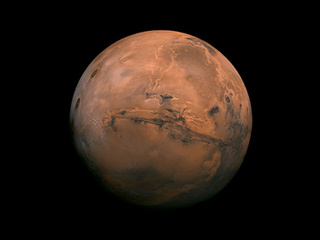
Apple’s MiniLED Revolution: The Future of iPad Technology
Ross Young of DSCC has announced that the upcoming 12.9-inch iPad Air will feature MiniLED display technology, which is currently used in the 12.9-inch iPad Pro. This news is exciting for prospective buyers who are interested in the larger iPad Air model.
Young has stated that MiniLED display technology offers lower power consumption compared to edge-lit LCD displays, making it an attractive feature for users. The technology not only saves power but also provides an enhanced contrast ratio, especially when viewing videos. LED-backlit LCD panels struggle to produce deep blacks, whereas MiniLED displays offer a more true-to-life viewing experience without the downsides of OLED displays.
Apple has been incorporating MiniLED display technology in their recent iPad Pro models as well as the MacBook Pro, and it seems they are now expanding it to their tablet lineup. It’s rumored that the upcoming 11-inch and 12.9-inch iPad Pro models will make the switch to OLED screens this year, with Apple having already been using OLED technology in their iPhone and Apple Watch devices.
With the addition of MiniLED technology, the 12.9-inch iPad Air is poised to become a great device for media consumption, provided that the price is competitive. Apple is expected to unveil new iPads in May, so consumers can look forward to seeing the latest innovations from the tech giant.
In summary, Ross Young has announced that the upcoming 12.9-inch iPad Air will feature MiniLED display technology like its sibling model, while rumors suggest that OLED screens may replace mini LED on both sizes of iPad pro models this year . With these advancements in screen technology , Apple fans can expect improved performance and visual quality from their tablet devices .

